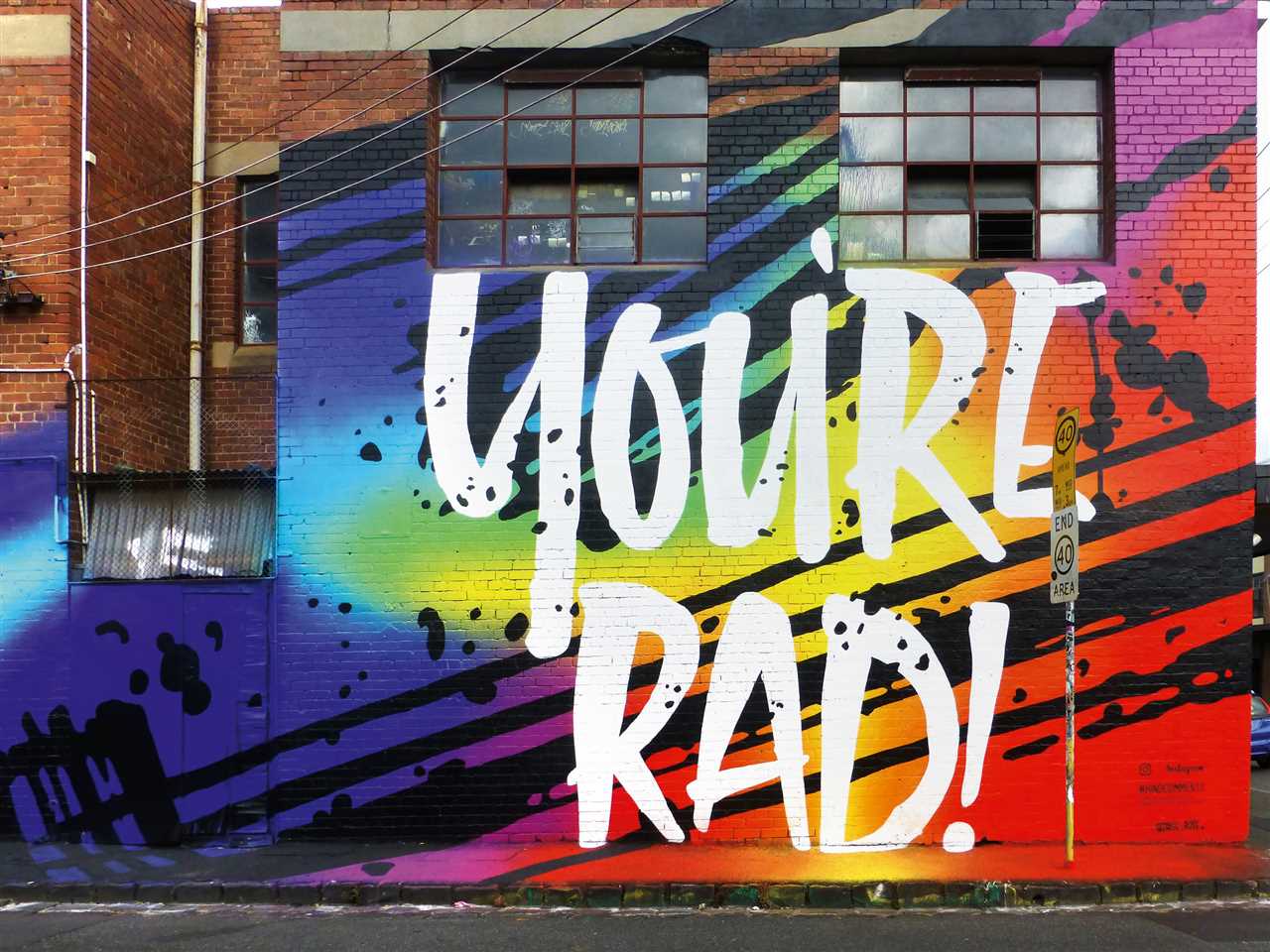
In the midst of concrete jungles, where skyscrapers reach for the heavens and neon lights paint the night, a new form of artistic expression has found its footing. Street art typography, a fusion of graffiti and typography, has become a powerful means of communication, giving voice to the urban language. By transforming letters and words into visually striking murals, street artists embrace the vibrancy of the city, capturing its energy and reflecting its unique spirit.
Unlike traditional typography, street art typography breaks free from the constraints of the page or screen, sprawling across buildings, alleyways, and train tunnels. It is boldly rebellious, often challenging societal norms and voicing the often-unheard opinions of the marginalized. This raw and unfiltered art form not only beautifies the urban landscape but also serves as a catalyst for change, pushing individuals to question and rethink their surroundings.
What sets street art typography apart is its ability to capture the essence of a place and its people. Each piece is a snapshot of the urban fabric, embracing the chaos and diversity that define the city. The artists behind these typographic masterpieces understand that the language of the streets is not simply spoken but also visually expressed. They harness the power of typography not only to communicate words but to evoke emotion, spark dialogue, and provoke thought, leaving their mark on the hearts and minds of passersby.
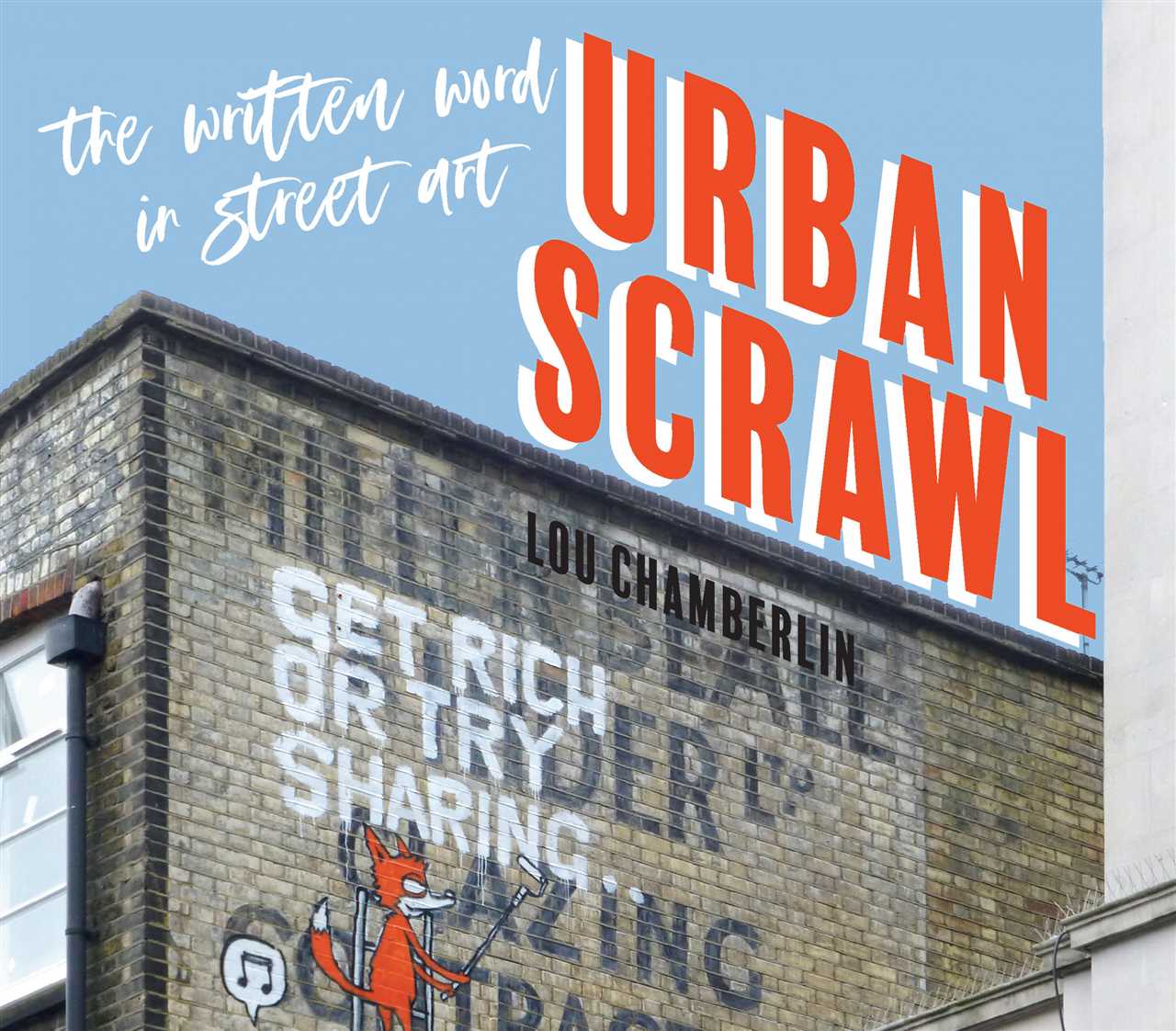
Street art is often defined by one key element: the tag. The tag is a signature or moniker that street artists use to leave their mark on the urban landscape. It is a way for artists to claim ownership and recognition for their work, while also adding a personal touch to their creations.
The tag can take many forms, from simple graffiti-style lettering to elaborate, stylized designs. It is often created using spray paint or markers, quickly and discreetly, in order to avoid detection by authorities. The tag can be found on walls, buildings, sidewalks, and other public spaces, transforming the cityscape into an open-air gallery.
But the tag is more than just a form of self-expression. It is a language of its own, a way for street artists to communicate with each other and with the public. Tags can convey messages, emotions, and ideas, or simply serve as a mark of presence. They can be cryptic, playful, political, or abstract, reflecting the diverse voices and perspectives of the urban environment.
The tag is also a reflection of the artist’s identity and reputation. A well-known tag can become a symbol of street art excellence and inspire admiration in the art community. Conversely, a tag that is poorly executed or lacks originality may be dismissed as vandalism or graffiti.
In this way, the tag defines the essence of street art. It is a symbol of freedom, rebellion, and creativity, allowing artists to reclaim public spaces and challenge traditional notions of art. It is an integral part of the urban landscape, adding vibrancy and personality to our cities.
So next time you spot a tag on a city wall, take a moment to appreciate the artistry and meaning behind it. It is a testament to the power of street art and the urban language it speaks.
Urban Lettering: Expressing Creativity Through Typography
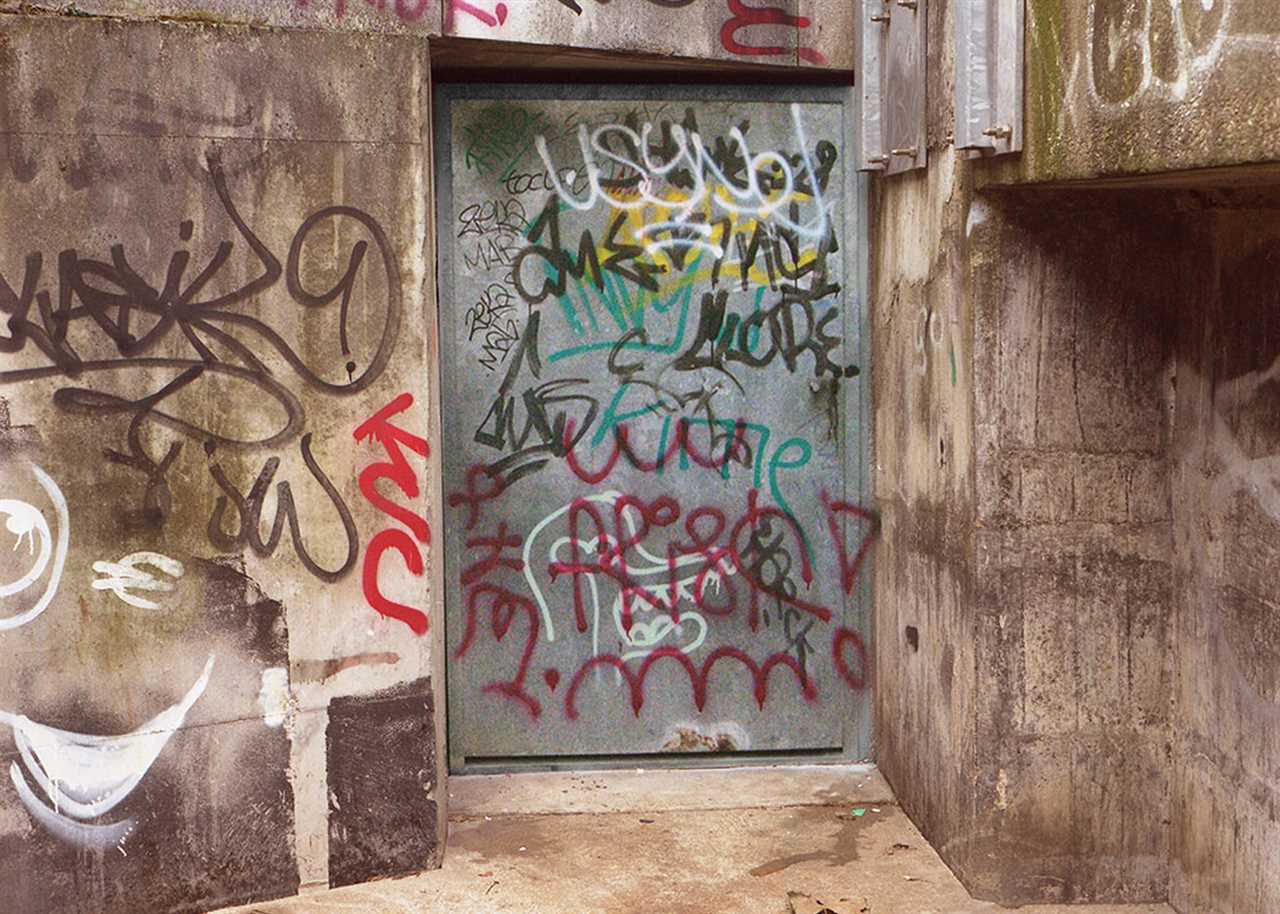
Urban lettering takes inspiration from various sources, including hip-hop culture, graphic design, and typography. Artists blend these influences to create unique and dynamic letterforms that capture the energy and vibrancy of the urban landscape.
One of the defining features of urban lettering is its use of bold and exaggerated shapes. Letters are often elongated, twisted, and distorted, giving them a sense of movement and life. By pushing the boundaries of traditional typography, artists are able to break free from conventional rules and explore new forms of expression.
Typography in urban lettering goes beyond just the written word – it becomes a visual representation of the artist’s personality and style. Each artist develops their own signature lettering style, incorporating elements that reflect their individuality and creativity. Whether it’s through intricate details, vibrant colors, or unique lettering techniques, urban lettering allows artists to leave their mark on the streets.
Furthermore, urban lettering serves as a means of communication and expression for marginalized communities. It has become a powerful tool for individuals to voice their opinions, share their stories, and reflect their cultural identity. Through typography, artists are able to reclaim public spaces and create a sense of belonging within the urban landscape.
Murals and Graffiti: Bridging Art and Activism
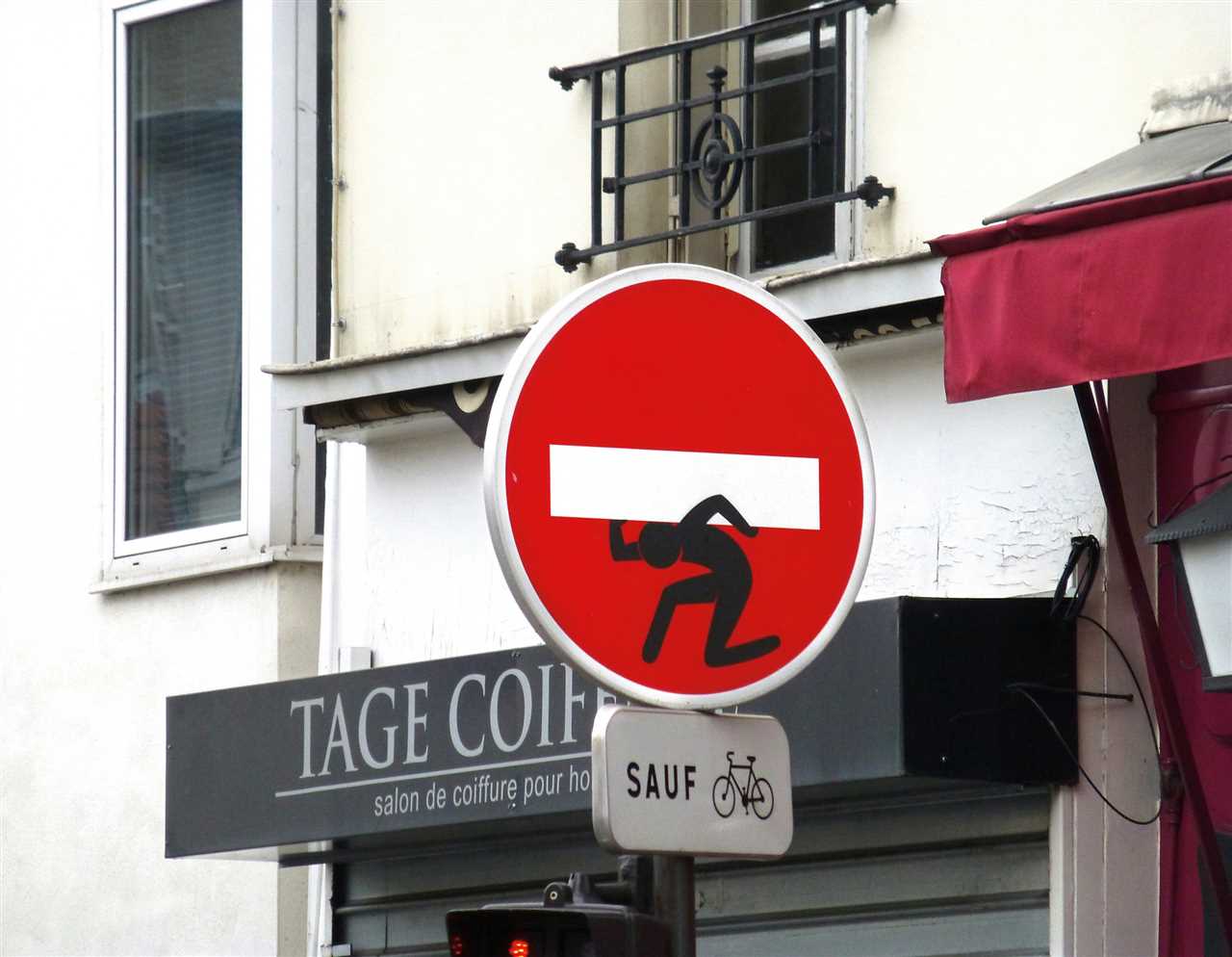
In the realm of street art, murals and graffiti have long served as powerful platforms for artists to express their opinions, challenge societal norms, and create awareness about pressing issues. These art forms not only beautify public spaces but also bridge the gap between art and activism.
One of the key aspects of murals and graffiti is their ability to make a strong visual impact. Through vibrant colors, bold lettering, and intricate designs, these artworks catch the attention of passersby and spark conversations. They act as poignant symbols of resistance, resilience, and rebellion, often conveying messages that challenge the status quo or advocate for social justice.
Murals and graffiti have played a crucial role in highlighting various social and political issues, such as racism, inequality, environmental degradation, and human rights violations. They serve as visual narratives that encapsulate the collective experiences, struggles, and aspirations of marginalized communities, amplifying their voices and demanding change.
Furthermore, murals and graffiti have the power to transform neglected areas into vibrant and engaging community spaces. By breathing life into abandoned walls, these artworks create a sense of pride and ownership among residents, fostering a stronger connection to their surroundings. They contribute to the revitalization of urban spaces, making them more inclusive, accessible, and reflective of the diverse voices within a community.
Additionally, murals and graffiti often serve as catalysts for activism and social mobilization. They provide a platform for artists to collaborate with grassroots organizations and advocacy groups, enabling them to reach a wider audience and create a lasting impact. Through organized street art projects and initiatives, artists can actively engage with local communities, sparking dialogue, and encouraging collective action.
It is important to acknowledge that the legality and cultural acceptance of murals and graffiti vary across different regions and societies. While some view these art forms as acts of vandalism, others recognize their artistic and social value. Nonetheless, many cities are now embracing street art as a valuable cultural asset and a tool for urban regeneration.
The Art of Stencil: Precision and Innovation in Street Art
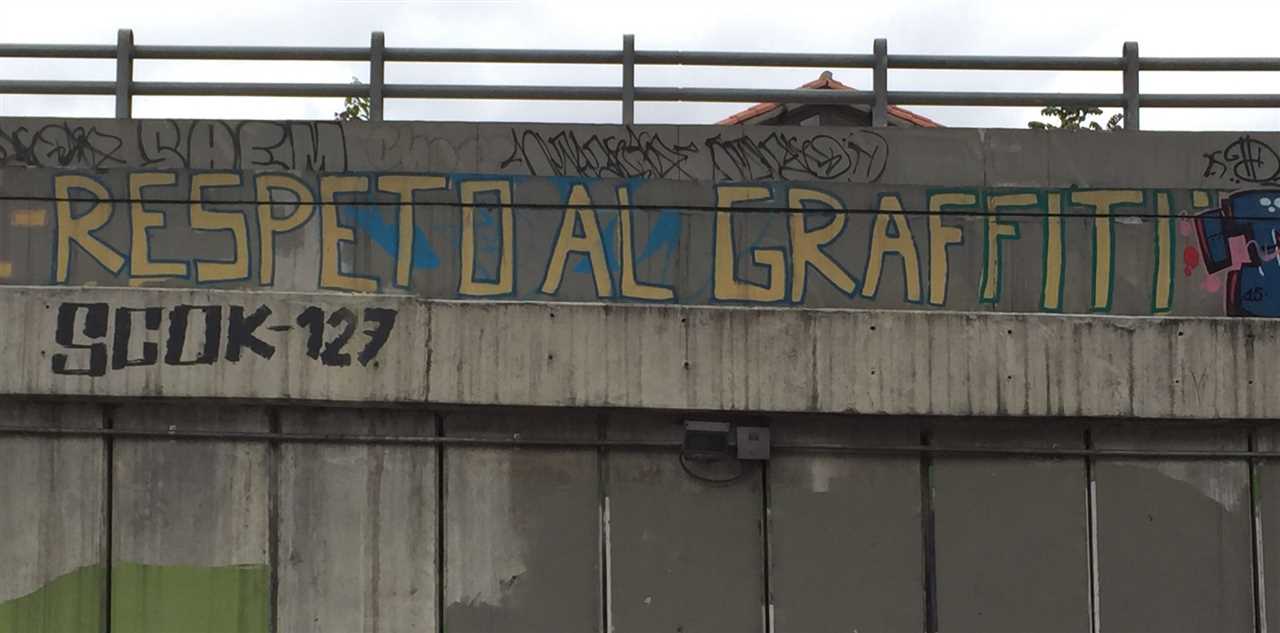
Street art is a dynamic and expressive form of artistic expression that has evolved over the years. One technique that has gained popularity among street artists is the art of stencil. Stencil art involves using a template, typically made of cardboard or plastic, to create precise and intricate designs on walls, buildings, and various surfaces.
What makes stencil art unique is the precision and control that artists have over their creations. By using a stencil template, artists can easily reproduce images with consistent lines and shapes, resulting in a clean and visually striking final product. This level of precision allows artists to create intricate designs with fine details that would be difficult to achieve freehand.
Precision and Reproducibility
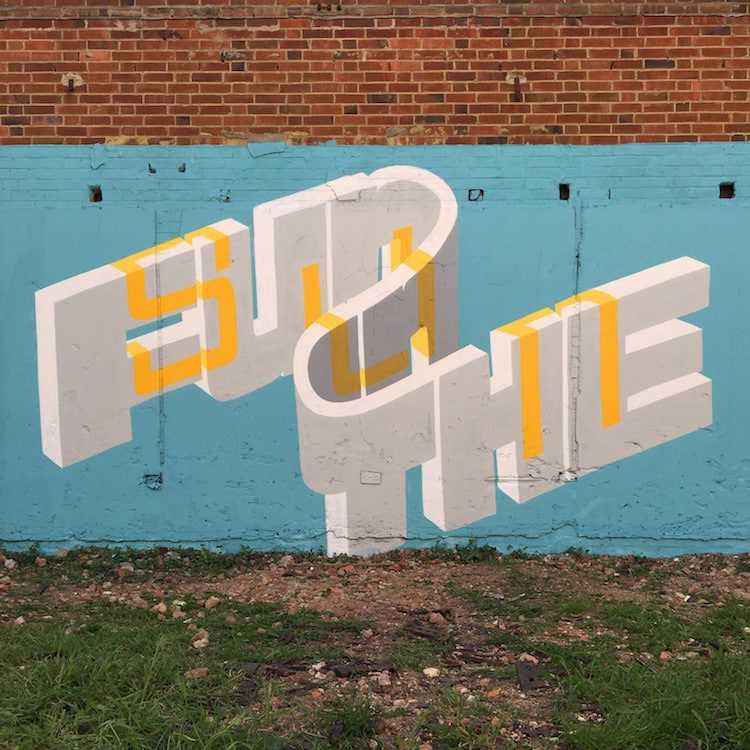
The use of stencils in street art allows artists to reproduce their designs on a large scale, quickly and accurately. This makes stencil art an efficient and effective method for creating visually impactful pieces in urban environments. Artists can create multiple copies of their stencils and use them repeatedly to create a series of works or to cover a large area with their signature design.
Additionally, stencils provide a level of consistency and uniformity in street art, which can be especially important in collaborative projects or when working on commissions. By using the same stencil template, artists can ensure that their designs are consistent and visually cohesive, regardless of the size or location of the artwork.
Innovation and Expression
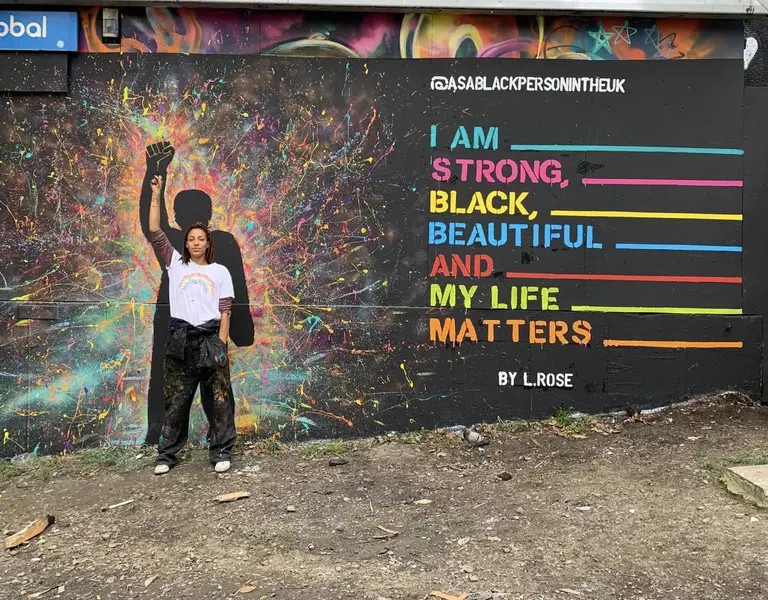
Despite the precision and reproducibility of stencil art, artists have also found innovative ways to incorporate this technique into their work, pushing the boundaries of traditional stencil art. They experiment with different materials, textures, and techniques to add depth and visual interest to their creations.
Some artists create multi-layered stencils, where each layer adds a new dimension to the artwork. This technique allows for the creation of complex and detailed images that appear three-dimensional. Others incorporate elements of street typography or incorporate mixed media techniques, combining stencils with freehand painting or digital elements.
Through their innovative use of stencils, street artists are able to add a unique touch to their work, expressing their individual styles and messages. Stencils have become a powerful tool for urban artists to make a lasting impact on the streetscape, giving a voice to the urban language and culture.
Street Art Font: Blending Typography and Urban Culture
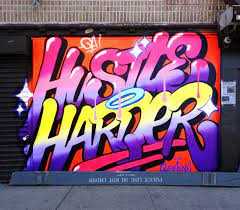
In the ever-evolving world of street art, typography plays a significant role in shaping the urban culture landscape. The combination of expressive lettering and urban aesthetics creates a unique street art font that reflects the energy and vibrancy of the city.
A street art font is not just a set of letters and characters, but a representation of the urban language. Artists use typography to communicate their messages, ideas, and emotions with the viewer. It is a visual language that speaks directly to the public, often challenging societal norms and inciting thought-provoking conversations.
The design of a street art font is rooted in the idea of breaking boundaries and pushing the limits of conventional typography. It embraces imperfections, irregularities, and spontaneity, capturing the raw essence of the city streets. The use of graffiti-inspired lettering, bold strokes, and vibrant colors gives the font its distinctive urban flair.
Street art fonts are not limited to traditional mediums like walls and buildings. They have expanded into digital platforms, allowing artists to reach an even wider audience. With the rise of social media and digital art, street art typography has found a new home in the virtual world, creating a global community of street art enthusiasts and admirers.
The street art font serves as a visual representation of the artist’s personality and style. Each artist has their own unique approach to typography, incorporating their distinct artistic elements into the letters and characters. Some may use stencil techniques to create clean and precise letterforms, while others may experiment with graffiti-inspired tags, creating a sense of rebellion and individuality.
Street art fonts not only add an aesthetic appeal to the urban landscape but also serve as a means of self-expression and cultural commentary. From political statements to social activism, typography in street art allows artists to voice their opinions and inspire change. It serves as a powerful tool for artistic storytelling, capturing the essence of the city and its inhabitants.
As street art continues to evolve and adapt, typography remains a vital component of the urban culture movement. The fusion of expressive lettering and urban aesthetics creates a visual language that resonates with people from all walks of life. Street art fonts serve as a testament to the power of creativity and the ability to transform the ordinary into something extraordinary.

I am a mural enthusiast and a fervent admirer of street art. Rather than creating murals myself, I am passionate about collecting them. My love for street art knows no bounds. I am dedicated to curating and cherishing these artworks that grace the streets. My collection stands as a testament to my profound appreciation for this form of artistic expression.
read about me



